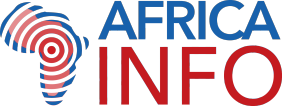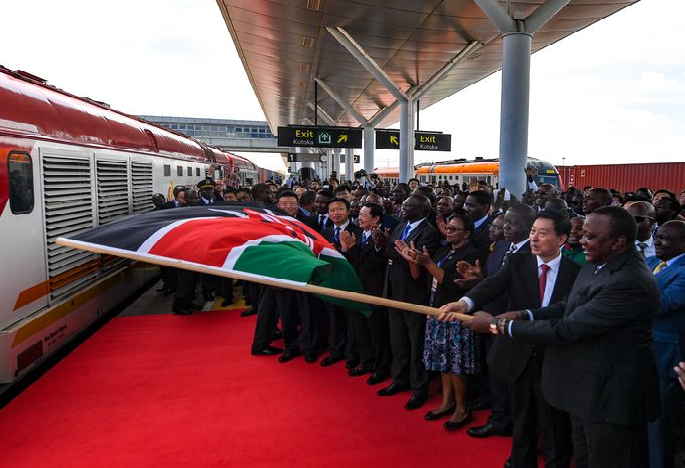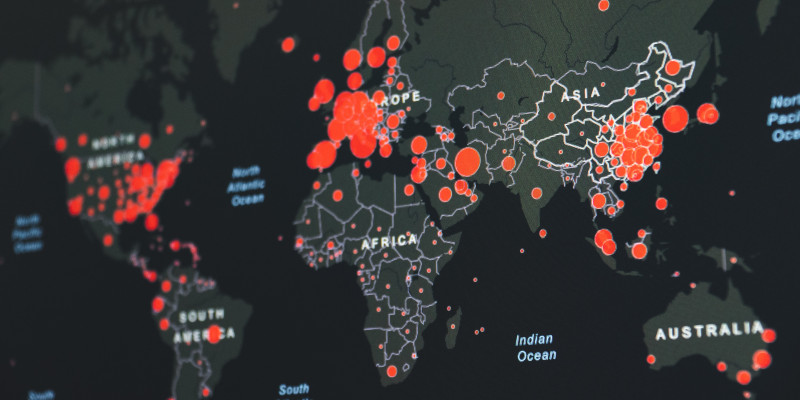African countries have been challenged to come together to design a homegrown Universal Health Coverage model that will ensure healthcare for all in line with Africa agenda 2063.This was the rallying call made during the start of Medic East Africa Co...
African countries have been challenged to come together to design a homegrown Universal Health Coverage model that will ensure healthcare for all in line with Africa agenda 2063.
This was the rallying call made during the start of Medic East Africa Conference being held at the Kenyatta International Conference Centre in Nairobi.
Medical equipment suppliers and caregivers from across the world are converging at the Kenyatta International Convention Centre for the next three days for the Medic East Africa Conference and Expo; the objective being to discuss and showcase solutions towards healthcare management.
Speaking during the opening of the event, Dr. Amit Thakker, the chairman of Africa Health Federation says a healthy nation can only be achieved through home-grown models of the universal health coverage that are adequately funded.
Dr. Amit further said that, “ the governments need to allocate more funds into the health sector as a healthy nation is a working nation. For UHC to work, it must be properly funded. However, funds go hand in hand with accountability. If funds are allocated, then we must see quality healthcare being administered. On top of this, governments should focus the roll out of the UHC to the most vulnerable.”
With over 50% of hospitable diseases in the region being communicable diseases, and accounting for over 40% of mortality, Dr. Thakker says more focus needs to be placed on prevention and treatment of non-communicable diseases in order to allow more funds to be channeled into management of non-communicable diseases.
He added that the balance sheet between communicable and non-communicable disease needed to be even. He said that they are spending their meagre resources on communicable diseases, which we can prevent through clean sanitation and ventilation, and leaving little to no funds to cater for non-communicable diseases, which are more difficult to treat
This is happening at a time when East Africa is emerging into a thriving market for health-related investments, as Ryan Sanderson, an exhibition director explains that there were over 215 exhibitors in Kenya currently from 24 different countries.
The exhibition purpose is presenting a business and networking opportunity to players in the medical arena. For health systems to run, medical equipment must be adequate.
This not only presents suppliers with a business opportunity but medical practitioners a variety of equipment to choose from thus improving quality of service
Kenyan exhibitors at the expo have however decried importation barriers as the biggest drawback to their business. However One exhibitor said that one of their main challenges lies in importation and tat sometime it is very difficult to get their medical equipment here and delays at the port is another factor. Further to this, delay in payment from hospital slows down the business and narrows our profit margins
The conference cum expo hopes to not only accelerate the uptake of universal health coverage models in Africa but also bridge the gap between suppliers of medical equipment and medical practitioners.
Original source: Metropol TV




